Cuisine that both fascinates and satisfies gives Wuhan a nourishing reputation, Xu Lin reports.
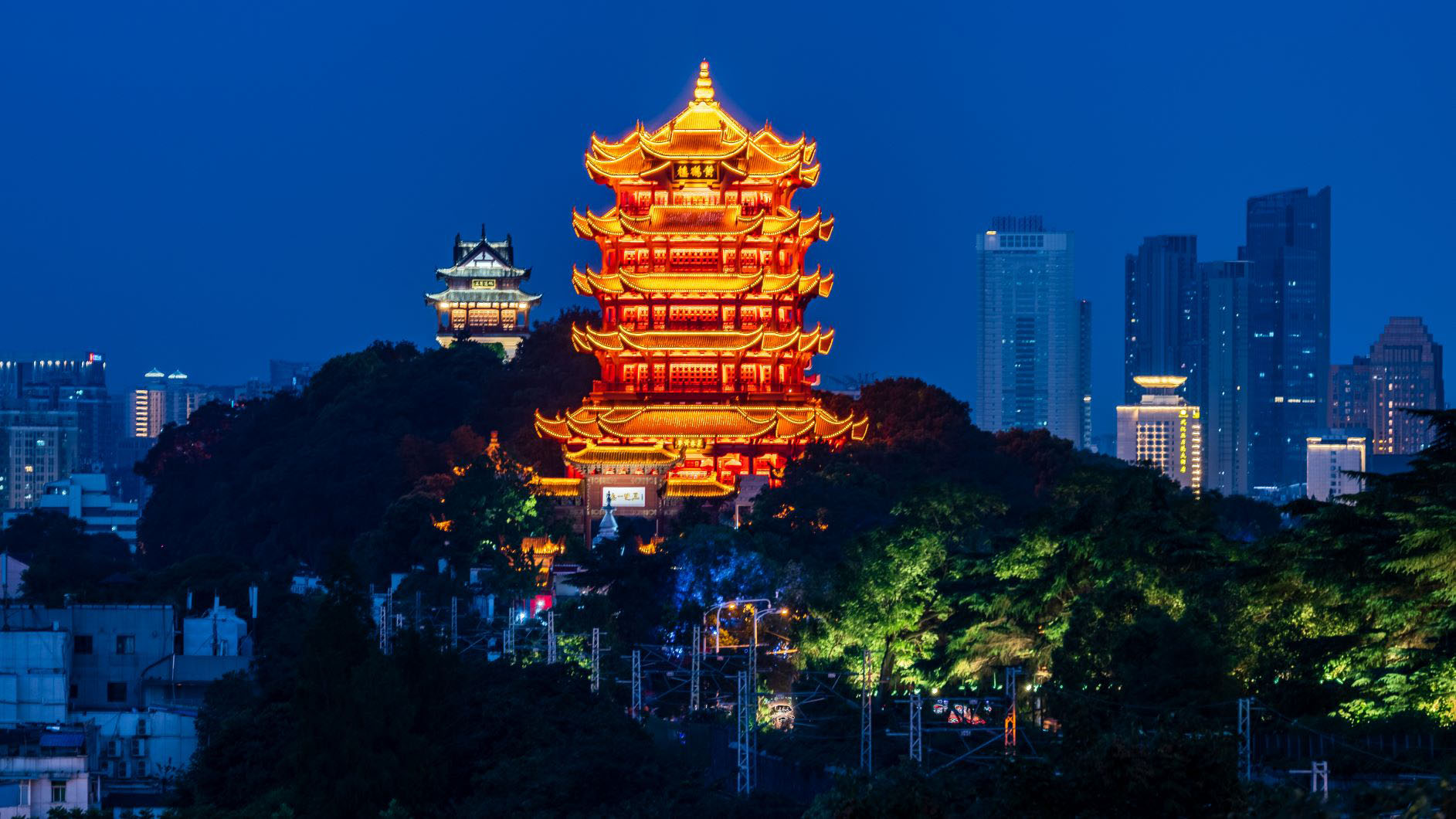
Wuhan, Hubei province's river-forged capital, unrolls like a living scroll combining urban explorations on foot with pleasant cruise ship voyages.
Street food permeates the air with its enticing aroma, the Yellow Crane Tower whispers ancient poems, bronze objects in museums showcase history while neon-lit skyscrapers dazzle at night.
Wuhan offers various choices of breakfast, ranging from the reganmian (hotand-dry noodles), shaomai (steamed dumplings) and mianwo (deep-fried dough) to doupi (a crepe filled with sticky rice, diced meat and mushrooms).
Hanjiang River, a major tributary of the Yangtze River, meets the Yangtze at Hankou, Wuhan.
READ MORE: Current fosters wave of creativity
The city's iconic breakfast culture and fast-paced life have deep roots in its history as a bustling river port city.
In the past, dockworkers needed high-energy meals to sustain them through grueling days of manual labor, and developed a habit of having breakfast quickly to save time.
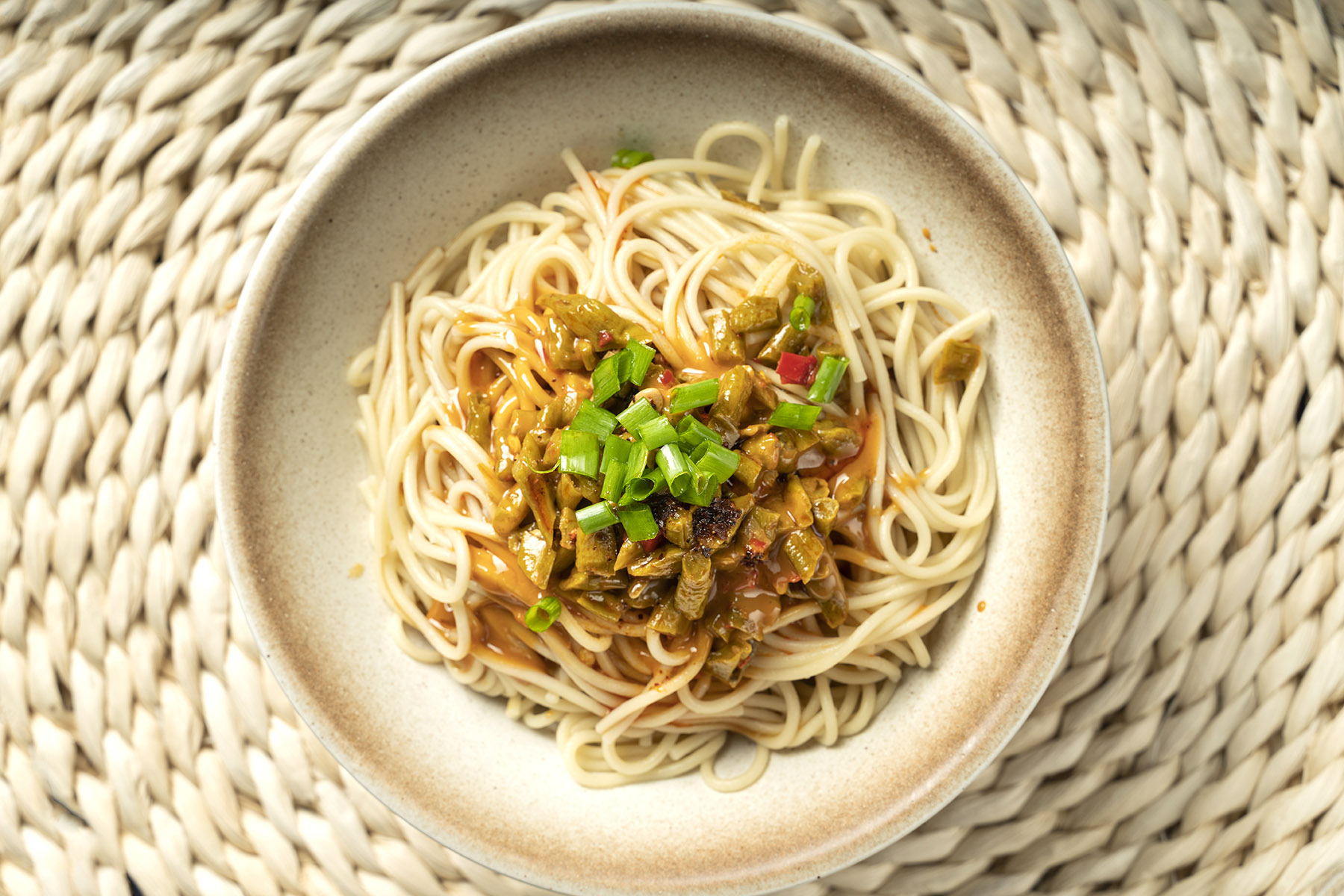
These calorie-dense foods have evolved into what netizens jokingly call "carb bombs", and Wuhan has also earned the nickname "city of carbs".
Netizens often marvel at how Wuhan citizens have the unique skill of eating the hot-and-dry noodles while walking.
In a metropolis like Wuhan, wage earners have adapted to long commute times by mastering the quick breakfast routine, a practice echoing the port city's legacy. Also, the hot-and-dry noodles are perfect for on-the-go eating, because they are spill-resistant (thanks to their thick sesame sauce), easy to hold, and quick to eat.
At Liangdao Street's popular eatery called Master Zhao, I joined the long line to buy a beloved snack: a deep-fried bread pocket stuffed with shaomai, a superb carb-loaded treat.
It was a delightful blend of spicy black pepper-seasoned sticky rice wrapped in a crispy fried bread shell, creating a mouthwatering contrast between the soft, aromatic interior and the crunchy exterior.
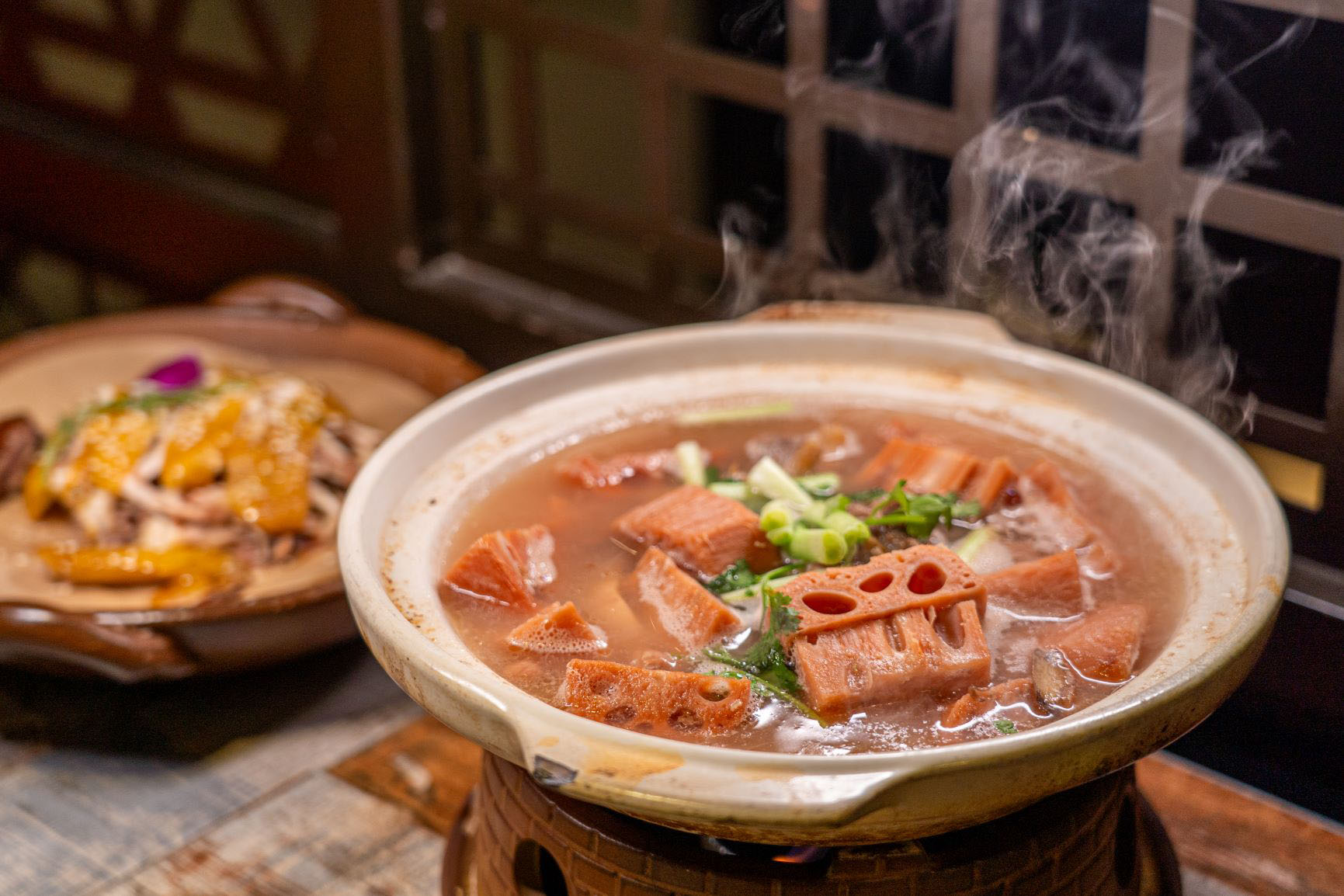
City walk
Near the street is the over 600-year-old Tanhualin historical and cultural block, where 52 heritage structures blend Chinese and Western elements. The attraction lures youngsters with cultural creative products shops and intangible cultural heritage workshops.
From there, I found a good position to overlook the city's landmark, the Yellow Crane Tower, an inspiration for poets and scholars since it was originally built in the year 223. The tower has been repeatedly constructed and destroyed throughout history, and this year commemorates the 40th anniversary of its reconstruction.
I then hopped on a ferry at the nearby Zhonghua Road No 1 pier, which took me across the Yangtze River to Hankou for just 1.5 yuan ($0.21). I was not surprised to see locals with their bicycles and delivery riders with electric bikes, because I knew that it's a daily commute for them, just like taking a bus.
I continued my city walk at the stylish 604-meter-long Lihuangpi Road, featuring Russian and European-style heritage architecture, which is lined with cozy cafes, restaurants, bookstores and shops.
On sultry Wuhan nights, nothing revives the spirit like a bowl of spicy crayfish — at their peak succulence in the warmer months — washed down with an ice-cold beer.
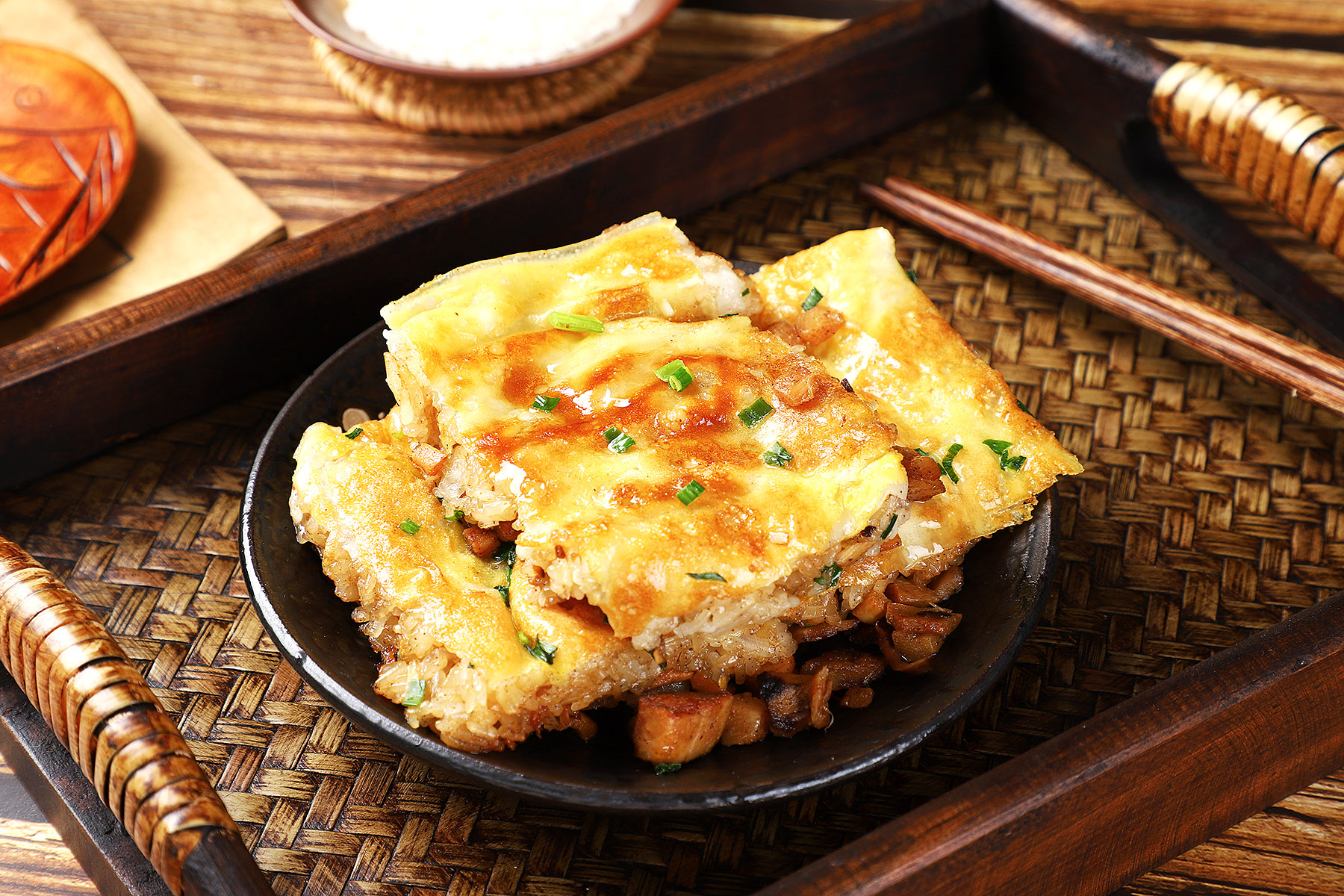
The ritual is no accident. Hubei's rich aquatic ecosystem, combined with its innovative model of rice-crayfish cocultivation in paddy fields, has solidified the province's position as the largest crayfish production area in China.
After a hearty dinner of the crustaceans, I stepped aboard the Zhiyin cruise along the Yangtze River, which took me to the 1920s and '30s, via an innovative and immersive show.
As I wandered the decks of the three-story steamer, actors and actresses in period costumes were bringing their life stories in Wuhan through intimate vignettes.
Their compelling voices and expressions touched me with tales of love and betrayal, personal sagas and patriotic deeds — each story unfolding in the ship's cabins or echoing through its old-fashioned bar, where spirited dancers whirled under vintage lights.
As the music started playing, performers gracefully drew visitors into their waltz, completing their passage through time.
For full immersion, replica period attire such as qipao awaits rental before boarding, transforming observers into authentic passengers of the era.
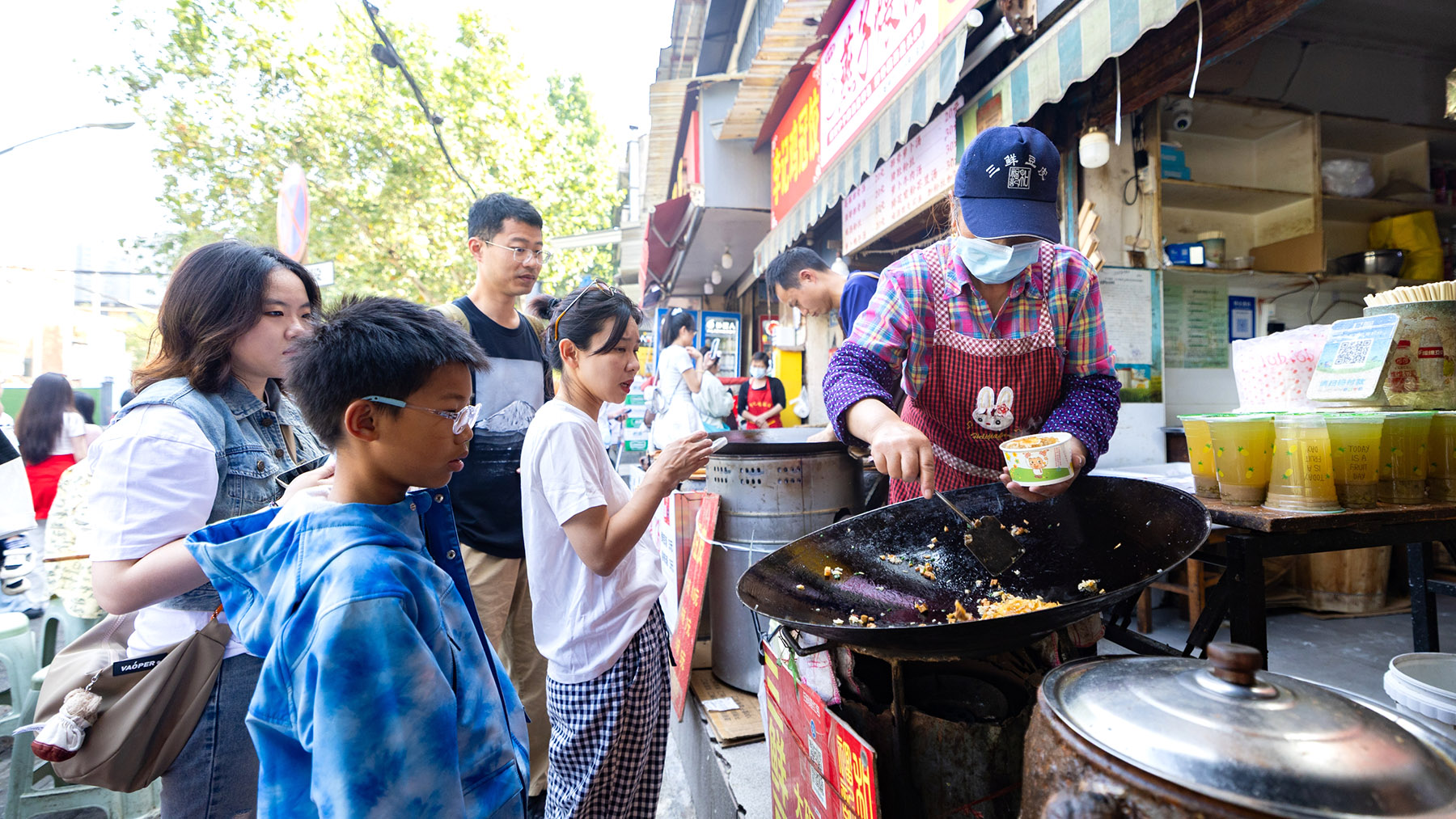
A taste of history
My journey continued at the Hubei Provincial Museum the next day, known for its extensive collection such as bronze objects, wooden lacquerware, bamboo and wooden slips, gold and jade ornaments.
A must-see is a large set of exquisite bronze chime bells unearthed from the tomb of the Marquis Yi of Zeng from the Warring States Period (475-221 BC) in Suizhou, Hubei province.
A reservation in advance allowed me to enjoy a splendid musical performance featuring replicas of the ancient instruments including the bronze chime bells, with dancers and musicians dressed in traditional costumes.
Another key artifact that always draws crowds of visitors is the bronze sword of Goujian, a legendary king in the Spring and Autumn Period (770-476 BC). The museum's cafe offers cakes shaped like the sword and chime bells, allowing visitors to relax while enjoying delicious treats.
The Wansongyuan food district ensures no visitor goes hungry. Streets like Xuesong and Yinsong are lined with diverse eateries, offering everything from breakfast spreads to midnight snacks.
Xia's Casserole, a popular restaurant, offers dishes such as lotus root and pork rib soup, fish stewed in an earthenware pot and fish roe stewed with tofu.
I found a small shop named Abao in a narrow lane, famous for its delicious pan-fried buns. The chef masterfully swirled the buns in a pan, and as he deep-fried them, flames suddenly erupted, crisping their bottoms to a golden brown.
As night falls, the Yellow Crane Tower presents an immersive light show, a different beauty from daytime. Holographic images are projected onto its surface, vividly recounting the history and legends of the landmark.
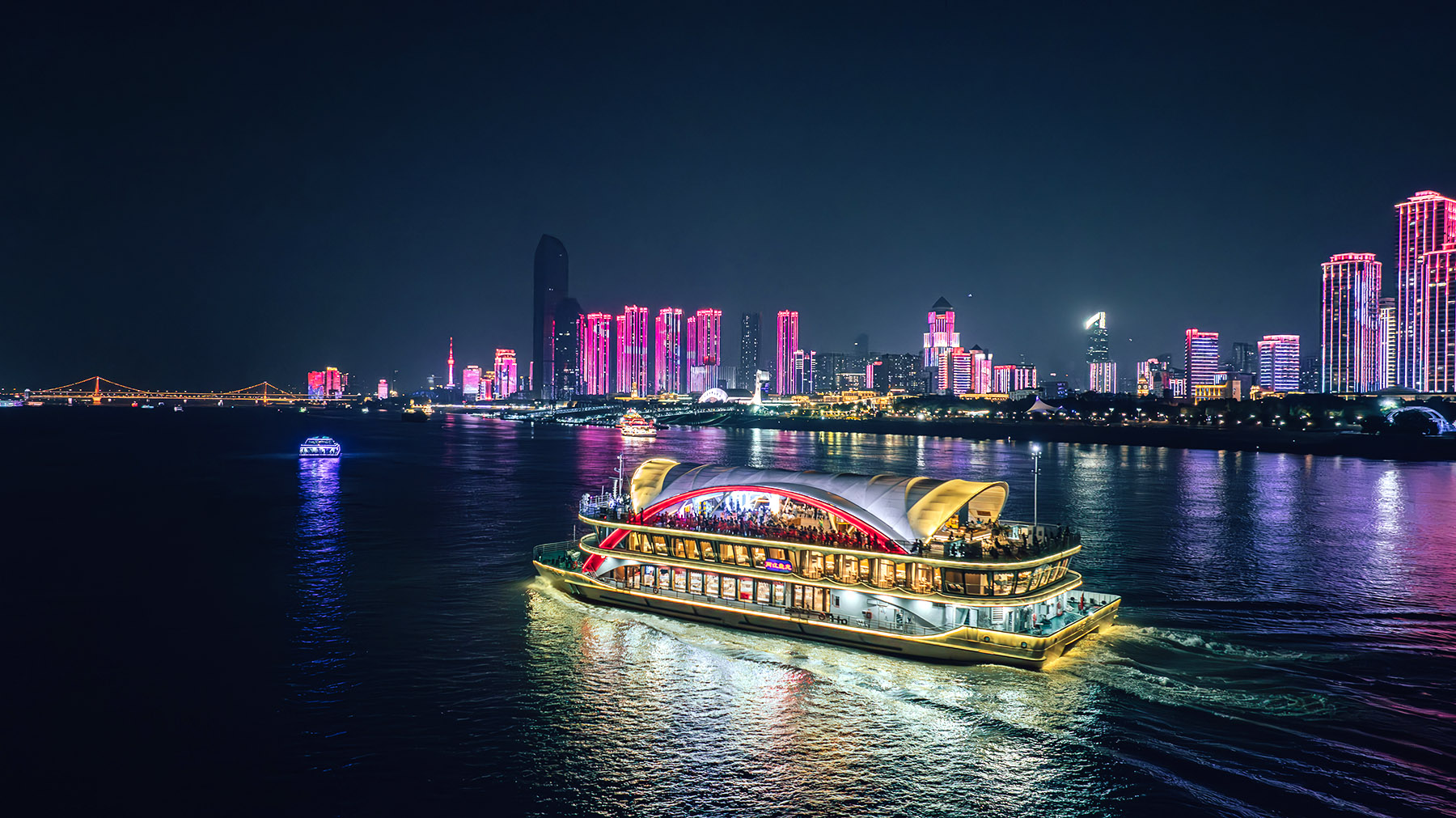
Tang Dynasty (618-907) poet Cui Hao's poem has immortalized the tower, turning it into an enduring cultural icon.
"The sage on yellow crane was gone amid clouds white. To what avail is Yellow Crane Tower left here? Once gone, the yellow crane will not on earth alight; only white clouds still float in vain from year to year."
Legend has it that Tang poet Li Bai was inspired to write a poem when he visited the tower. However, upon seeing Cui's masterpiece already on the wall, he felt he couldn't write anything better and laid down his writing brush.
ALSO READ: Cruising for inspiration
Performers vividly enacted the scene in vignettes at the night tour of the tower, allowing visitors to enjoy dances and light shows about the tower's myths.
From the summit of the Yellow Crane Tower, I had a bird's-eye view of the city. Vehicles streamed continuously on the bridge spanning the Yangtze River, with their lights flickering, while the river surface reflected the dazzling lights of both banks.
Rushing to a port and hopping on the last cruise ship, I ended my trip in the historic port city perfectly, witnessing dazzling light shows illuminating bridges and skyscrapers, transforming the riverbanks into a cinematic canvas of Wuhan's past and present.
Contact the writer at xulin@chinadaily.com.cn


